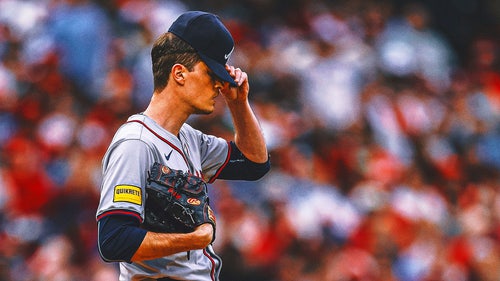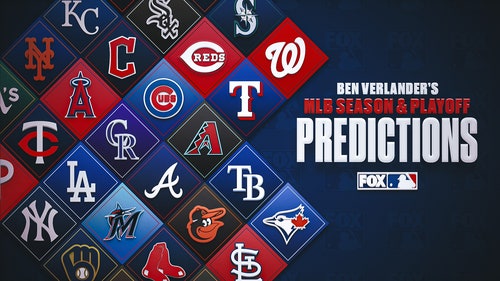





































































































































Cleveland Indians: Francisco Lindor bringing the power, but at what cost?
How has Francisco Lindor's increased home run output affected other aspects of the Cleveland Indians shortstop's offensive performance?
With all of the rising young stars in today's game, you might be inclined to overlook Cleveland Indians shortstop Francisco Lindor. Currently in his third big league season and with a World Series appearance already under his belt, he suddenly almost seems like a veteran compared to some of the other talented youngsters in baseball.
However, Lindor is still just 23 years old and prone to the developmental twists and turns seen in any player of that age bracket. From an overall standpoint, he appears to be enjoying as productive a season as he did a year ago in terms of offense. Lindor currently sports a 114 wRC+ (weighted runs created plus), up a tick from his 112 wRC+ in 2016. But the way he's getting it done is much different than what we've seen from him in the past.
To put it simply, Lindor is hitting for significantly more power. He already has 12 home runs on the season, leading all shortstops. (Carlos Correa and, yes, Tim Beckham are just behind with 11 and 10, respectively.) That makes him all but a lock to not only surpass last year's career-high 15, but absolutely blow past it. His .237 ISO (isolated power) is well above the .169 and .134 marks he posted in his first two MLB campaigns.
The most obvious contributor to this power surge is the fact that the switch-hitting Lindor is pulling the ball more than he usually does. His 41.4 percent pull rate is up from last season's 39.1 percent. Meanwhile, his opposite field percentage has decreased from 25.3 percent to 22.7 percent.
More from Call to the Pen
Lindor is also hitting the ball in the air at a much higher frequency. His 44.3 percent fly ball rate is a sizable jump from last year's 28.4 percent. He's putting far fewer balls on the ground, as evidenced by a drop from 49.2 percent to 35.9 percent in ground ball rate. So far, the result is a lot more home runs for a player not previously known for his slugging ability.
The spike in power has come at a predictable cost, though. After hitting over .300 in each of his first two seasons, Lindor is batting a far more ordinary .259. While a .258 BABIP (batting average on balls in play) has something to do with that, it's natural that trying to pull the ball for more home runs will lead to a decline in batting average.
The change in approach might also be hurting Lindor in general by feeding into his current slump. He's slashing a lowly .156/.182/.219 thus far in June without a home run. Manager Terry Francona has taken notice, telling The Chronicle-Telegram,
"I think what happened, and I don't think by design, but he hit some balls out of the ballpark and got a little more in pull-mode. You see him be on fastballs, but then (pitchers) throw him some breaking balls in the dirt that he's really out front of. When you're trying to use the whole field, you have a much better chance of hitting all the pitches."
While we're well past the days when a shortstop hitting home runs was a novelty, Lindor would probably do well to return to some of the old habits that worked for him, even if it means sacrificing a bit of that newfound power. With Edwin Encarnacion finally seeming to get back on track, the Tribe would be better served by Lindor as his usual all-around self rather than a major source of muscle.
Statistics courtesy of Fangraphs.

MLB progress report: 1 early flaw with each of baseball's best teams

2024 World Series odds: Dodgers, Braves still at the top; Orioles rising

Ranking the 10 best catchers in MLB 2024

2024 MLB predictions by Ben Verlander: Standings, playoffs, World Series

Ranking the 10 best third basemen in MLB 2024

Ranking the 10 best closers in MLB 2024


MLB progress report: 1 early flaw with each of baseball's best teams

2024 World Series odds: Dodgers, Braves still at the top; Orioles rising

Ranking the 10 best catchers in MLB 2024

2024 MLB predictions by Ben Verlander: Standings, playoffs, World Series

Ranking the 10 best third basemen in MLB 2024

Ranking the 10 best closers in MLB 2024
